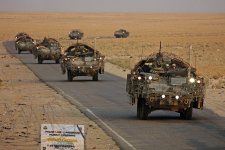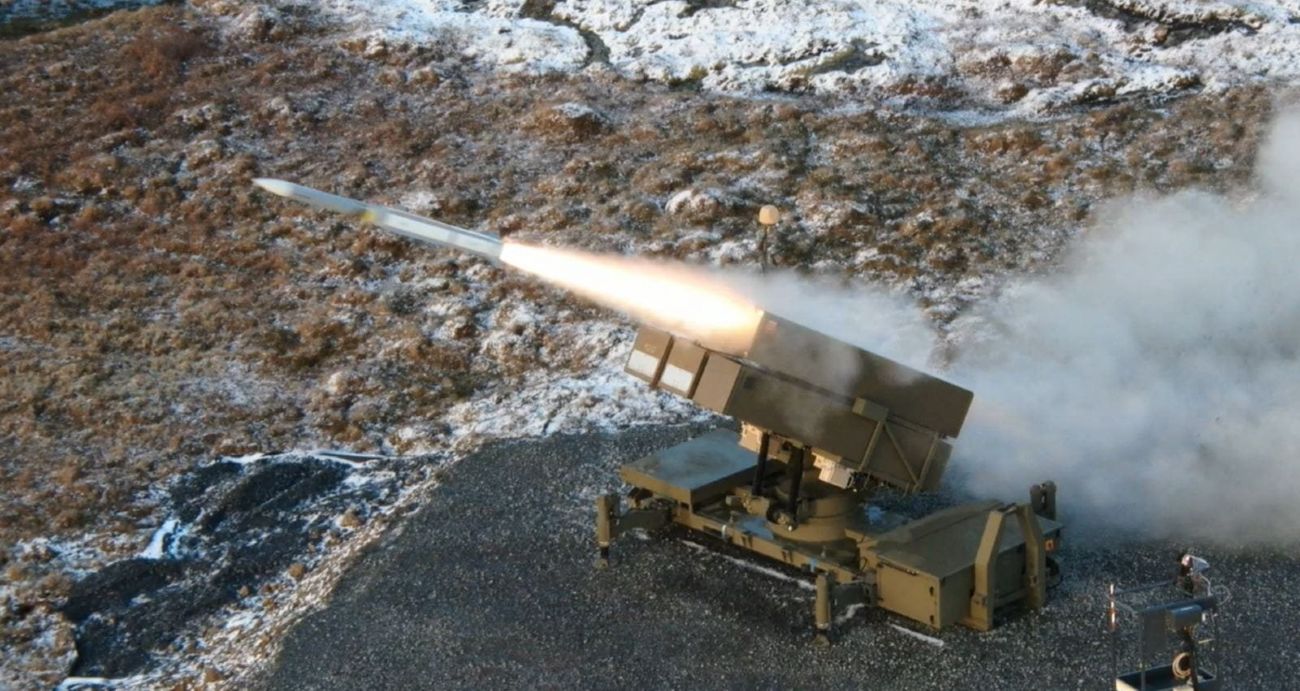All true. All accepted.
But.
Why do we throw babies out with the bath water?
Just because we went heavier in one area... why did we not look at what the existing equipment and capabilities offered up that we were rejecting?
The Bison was bought, in part (disregarding pork barrelling for the moment) because it was a simple box that could be managed by the militia to transport troops. It was as well armoured as the M113 and the Saxon, it could handle highways better than the M113 and at least as well as the Saxon, and it was blast resistant. It also offered better cross country mobility than the Deuce and a Half.
It had its place in the line up. The Regs seem to have agreed with that. They decided their need was greater than the Militia's need. And promptly converted to all sorts of neat things - except Troop Carrying Vehicles.
I think in order to answer your question of "why" one has to look at the sequence of things.
One of the noted problems with the M113 was its lack of a protected turret for the crew commander/MG operator. The US solved that in Vietnam with the ACAV version of the M113
It was a perfectly useable and useful adaption which Canada but many other countries followed. Instead we bought training tanks and APCs for the Canada based Combat Groups by way of the Grizzly and Cougar which in part got us away from tracks and in part was to equip the RegF units not having M113s and the ResF. That started us onto the road of the tracked/wheeled debate in Canada but also was the first step in giving the infantry an APC with a protective turret.
Essentially though, the AVGP family were already part of the ResF system because their ease of use and maintenance so that before the Bison came mech gear was already in the hands of some reserve units.
The Bison was supposed to originally be a 200 vehicle purchase of the new M113A3s again destined for the ResF. The RegF already was running fleets of M113A1 and A2s. The project was supposed to support the government's promise to enhance the reserves.
As you pointed out there was heavy lobbying in favour of the newly designed Bison (which was essentially a derivative of the USMC LAV 25 project). The lobbying won, the Bison was procured and promptly snaffled up by the RegF because it was a nice roomy vehicle which made excellent CPs, ambulances etc of which there were no AVGP versions. Essentially they were not used much as infantry carriers by the RegF because they already had all the Grizzlies that they needed for that.
It's interesting actually that the Bison came without a turret. I really don't know why but I presume that the specs for the project (which was targeting the M113A3) was an unturreted vehicle like our existing M113s. They could easily have slapped a Cadillac Gage turret on the Bison because that adds very little complication and the ResF was already using it on the Grizzley anyway.
And then came LAV.
My sense of the Army is that it doesn't do Flexibility really well. There is the solution of the day and there is no other.
We do not have a good reputation in the procurement process and we do not seem to do practical modifications very well. I'm still surprised that we managed to fabricate roof racks for the 3/4 ton family. A few dozen Israelis or Ukrainians working in our procurement and fabrication departments would be a god-send.
The other thing it doesn't do really well is manage readiness. I am not one of those who favours issuing every piece of kit we own so that everybody gets one to play with. I'd sooner we buy three sets of kit for three different environments (9 sets total) and issue one third of each so we have one third of the army up to speed with particular environments but the army has the gear on hand if it needs to bring the other two thirds on line.
And I know that costs money..... and political will.
I think I disagree with that in part. I do favour issuing all of our kit (with the exception of technical reference vehicles and a small spares inventory to replace written-off gear.) But I do agree that we need to have "environmentally suitable" equipment spread throughout the system to suit specific missions.
The weapon locker concept does not work too well once you get up to A vehicles. The ever changing vehicle set issued to artillery units in training for Afghanistan was horrific and caused no end of trouble in training crews and drivers and developing TTPs. It settled down in theatre with the TLAV and M577s but those were not standard with what was available to train on in Canada. People need time to train both individually and collectively with their A Vehs. (This is why I so strongly believe we need to get the ResF to the point where they are capable of holding their own gear)
On the other hand I can easily see a light brigade, a medium brigade and a heavy brigade each with their own specialized kit tailored to meet tasks from Northern Canada to Northern Europe to Africa.







